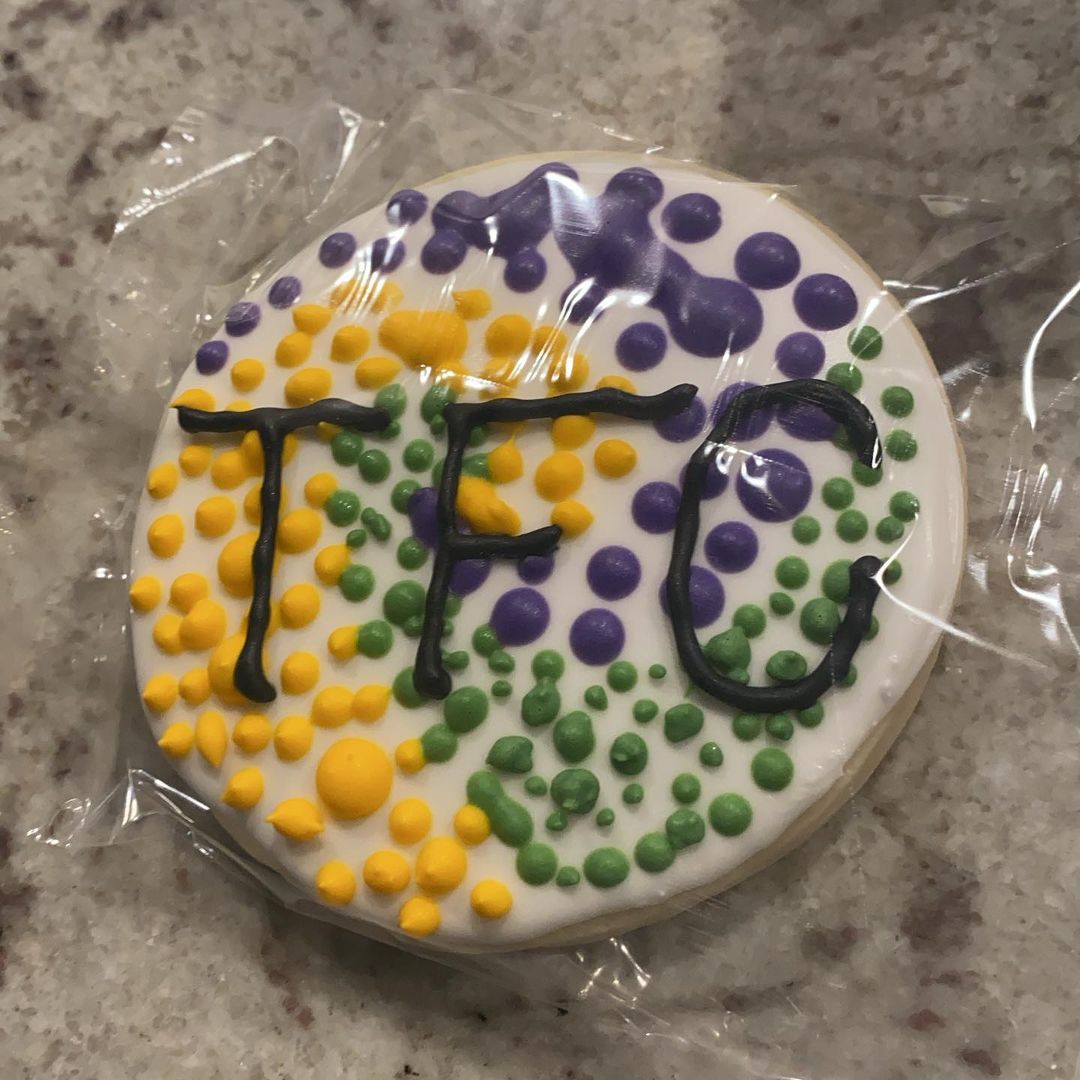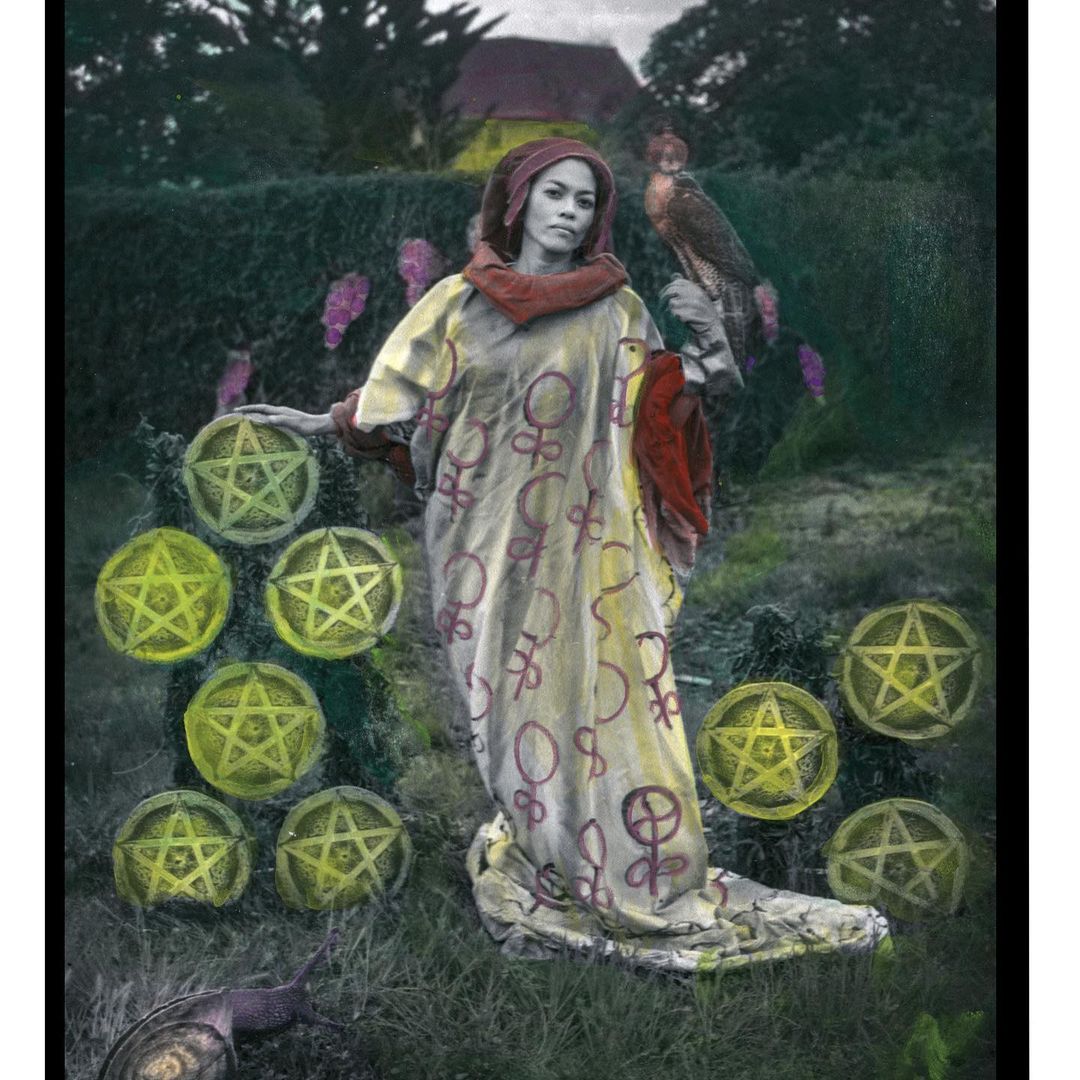Is this a portal to another dimension? A giant hamster wheel? A new prop for Cirque du Soleil? Stay tuned to find out! #tylerfuquacreations #metalwork
International Deadline: February 21, 2022 – Each year NXTHVN welcomes up to seven artists and two curators to participate in its paid ten-month intensive Fellowship Program. The application is open…
It’s no secret that many of the western world’s art institutes have been stuck in many isolating, regressive trends. With predominantly white, Euro-centric viewpoints, collections, and heads, this narrow lens often supports a colonial understanding of the art world with little speaking to the creations and experiences of Indigenous peoples. This past year saw the National Gallery of Canada implement a massive restructuring to address this from the ground up, and we are now seeing the next steps of this vision with the announcement of a Department of Indigenous Ways and Decolonization.
In a press release this past week the NGC revealed this new division for the gallery. Along with announcing the creation of the Department of Indigenous Ways and Decolonization, the gallery has appointed Steven Loft as its Vice President and Michelle LaVallee as its Director. Loft has held the position of Director for Canada Council for the Arts’ Strategic Initiatives for Indigenous Arts and Culture, and LaVallee is the Director of the Indigenous Art Centre at Crown-Indigenous Relations and Northern Affairs Canada. The pair will work together with one another, senior management of the NGC, as well as its education and curatorial departments to implement the gallery’s vision in regards to representing and communicating with Indigenous peoples and culture.
Loft states that he’s “excited to be joining the Gallery team at such a transformational time. For Indigenous peoples and others who have not seen themselves in the narratives of this land, it’s time for their stories to be forefront in our shared journey of decolonization and society building.”
“I believe the Gallery is a site for storytelling and knowledge sharing with and in service of Indigenous Peoples,” LaVallee says in the press release. I am invested in change, and work to challenge historical relationships with art and history museums towards respect, trust, reciprocity and accountability towards a new way of engaging with people, space, and the land.”
This restructuring and refocussing that the National Gallery of Canada is implementing are truly unprecedented across the nation’s artistic powerhouses, and it’s been a long time coming. But without a doubt, the gallery’s Transform Together strategic plan and the establishment of this new branch seems to be to the great benefit of both the institution and the public. Through a truly fundamental shift in priority and a broadened view of this land’s artists, there is a better understanding of its history, its present, and its future. It enriches the tapestry by which we understand how art has existed and will continue to exist, and it seems that the Department of Indigenous Ways and Decolonization is just one more step in a strong march forward.
“For those of us who have participated in a half-century of powerful activism by people with disabilities, a familiar slogan summarizes our call to action: Nothing about us without us.” Nikki Brown-Booker writes in the Winter 2022 issue of Stanford Social Innovation Review.
In her piece, Brown-Booker discusses the Disability Inclusion Fund (DIF) at Borealis Philanthropy. She writes, “If we want to serve people with disabilities, our work must be directly informed by them. Most of the grantmaking advocates I work with…are Black, Indigenous, and people of color (BIPOC) with disabilities.”
“As a woman of color with a disability and the former executive director of a nonprofit organization serving people with disabilities, I have seen the disconnect between funder strategies and the needs of community-based nonprofits,” Brown-Booker shares from her professional and personal expertise. “Quite often, funding does not come with a cultural understanding of the disability community, and this ignorance can impede direct and efficient service.”
“Conventional banking hasn’t worked for businesses owned by people of color. But a new network is designed to get money flowing fairly to BIPOC economies.” Common Future’s CEO, Rodney Foxworth, speaks with Yes! magazine about their strategy to disrupt traditional lending models, which are neither racially neutral nor adequate for BIPOC communities or businesses.
Character-based lending is “the practice of issuing loans based primarily on the borrower’s character—their involvement in and ties to the community, or their reputation and track record therein—relegating financial criteria to a smaller role in decision-making,” reports Chris Winters. Common Future is working with several community partners for the launch of this approach including ConnectUp! Institute in St. Paul, Minnesota, a networking and business development group. that builds on personal relationships with community. Elaine Rasmussen, the organization’s founder, reflects, “In the U.S., that kind of relationship historically was restricted to White business owners. But globally…it’s not anything new, particularly when you look at African countries and you look at the concept of sou-sou—shared funds.”
“The plan is to grow the program with capital obtained from repaid loans and from more philanthropic sources, to include other partner organizations who are best positioned to serve their communities,” says Foxworth. “The whole purpose of character-based lending is in fact to strengthen the power and capacities of the folks in our network to maintain and build on these things themselves.”
Last November, Memphis Music Initiative (MMI)’s Director of Grantmaking and Partnerships, Dr. Rychetta Watkins, attended the 2021 annual Grantmakers in the Arts Conference, which took place in the virtual world for a second year due to the ongoing pandemic. Dr. Watkins, along with MMI Executive Director Amber Hamilton, developed and hosted a panel on the topic of intermediary funders in the grantmaking space, centering the unique perspective of intermediary funders. Dr. Watkins shares a reflection following their conference session including the context in which intermediary funders operate, the benefits of this model, and the lessons traditional funders can learn from intermediaries.
Also featured on the panel were leaders from two Mid-South nonprofits, including Janine Christiano, Strategic Funding and Initiatives Manager at Metro Arts Nashville, and GIA board member Carlton Turner, founder of the Mississippi Center for Cultural Production (Sipp Culture).
What an awesome custom made TFC cookie from my sister at Gibb Me Cookies! I’m so conflicted on whether I should eat it or not. 🤔 @gibbmecookies #tylerfuquacreations
PRE-ORDER our new deck of hand colored photographic tarot cards. Go to michaelgarlington.com to get your limited edition set. #tarot#tarotcards #tarotreading #tarotspreads #tarotreadersofinstagram #tarotdecks #tarotcommunity #tarotlover #4x5photography #handcoloredphoto





